
Looking for the best songs from 1940? You’re in the right place. With hits from jazz to pop, the iconic songs at the beginning of this decade influenced music for the next ten years and more. Here are some of the classics.
1. “Maybe” by The Ink Spots
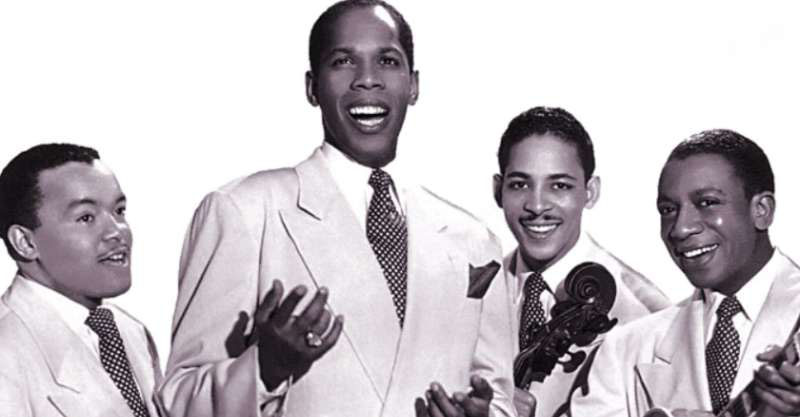
Song Year: 1940
“Maybe” was one of the biggest hits of 1940, making it into the top three most-played songs of the year. It’s found a resurgence lately in the Bethesda survival game, Fallout, and many video game lovers are probably familiar with the tune.
The track is by The Ink Spots, a pop group that first hit the music scene in the 1930s. They wrote this melancholy song about missing a lover who is gone.
2. “Five O’Clock Whistle” by Ella Fitzgerald and Her Famous Orchestra
Song Year: 1940
Don’t miss “Five O’Clock Whistle,” a 1940 hit by Ella Fitzgerald. With support from her orchestra, Fitzgerald sings about the end of the workday.
The moderately-paced song has a groovy tune, peppy brass instruments, and Fitzgerald’s signature warm vocals. In the song, she wishes her father would come home and wants his workday to end.
3. “A Night in Tunisia” by Dizzy Gillespie feat. Charlie Parker
Song Year: 1940
“A Night in Tunisia” is an instrumental track with a fun beat. It’s by Dizzy Gillespie, a jazz bandleader from South Carolina. Also appearing on the song is Gillespie’s frequent collaborator, trumpet player Charlie Parker.
Both jazz musicians were crucial in developing jazz and bebop in the 1940s, and you can hear them usher in a new age of jazz in this 1940 song.
4. “Round Midnight” by Thelonius Monk
Song Year: 1940
Check out “Round Midnight,” a 1940 song by Thelonius Monk. Monk was a jazz pianist with a background in church organ music. Famous for his improv abilities, the artist worked in the bebop, cool jazz, and hard bop genres.
Monk added many original songs to the jazz standard list, including “Round Midnight.” The piano-heavy track is popular with listeners and jazz players, even today.
5. “Summit Ridge Drive” by Artie Shaw
Song Year: 1940
Clarinet player Artie Shaw wrote this song in the fall of 1940. It became widely popular, staying on the top charts well into 1941.
This arrangement features contributions from the Gramercy Five, a band group frequently associated with Shaw. Although the song is slow and has a relaxed beat, it’s an engaging track with plenty of improv solos from the members.
6. “In The Mood” by Glenn Miller
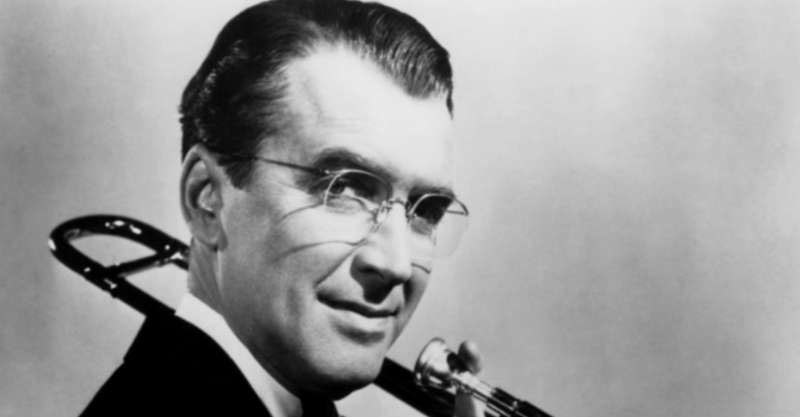
Song Year: 1940
Perhaps one of the most influential songs on this list, “In The Mood,” is a big band track that influenced the next generation of music, and other jazz artists issued dozens of remakes in the following years.
The song topped the 1940s music charts in the US, gaining popularity even outside of the jazz scene. Inspiration for the track came from “Tar Paper Stomp,” an earlier 1930 jazz track that didn’t have a copyright.
7. “Only Forever” by Bing Crosby
Song Year: 1940
“Only Forever” is a love song by Bing Crosby, a pop artist from Tacoma, Washington. He wrote the track in 1940, but you can find it on his Legendary Years compilation album.
The song is a slow romantic ballad about how Crosby wants to spend forever with someone. His rich bass voice pairs well with the soft orchestral track, and it’s a great song to slow dance to or listen to on a quiet evening.
8. “Never No Lament” by Duke Ellington
Song Year: 1940
We’d be remiss if we didn’t mention Duke Ellington, a jazz artist who was wildly popular in the 1940s. The New York-based pianist added many standards to the jazz repertoire, including “Never No Lament” in 1940.
“Never No Lament” uses a classic jazz form called call-and-response. On the chill, groovy track, the alto saxophone plays solo lines, and the orchestra responds with different lines of music.
9. “L’Accordéoniste”
Song Year: 1940
In 1940, Edith Piaf, arguably the most beloved French singer of all time, was hot off the heels of her early success, releasing hit after hit and gaining international attention. She released “L’Accordéoniste” in May 1940, much to the delight of her growing audience.
In her distinctive husky voice, Piaf sings about a love between a girl and an accordion player on “L’Accordéoniste.” The track became her first song to sell a million records.
10. “It Hurts Me Too” by Tampa Red
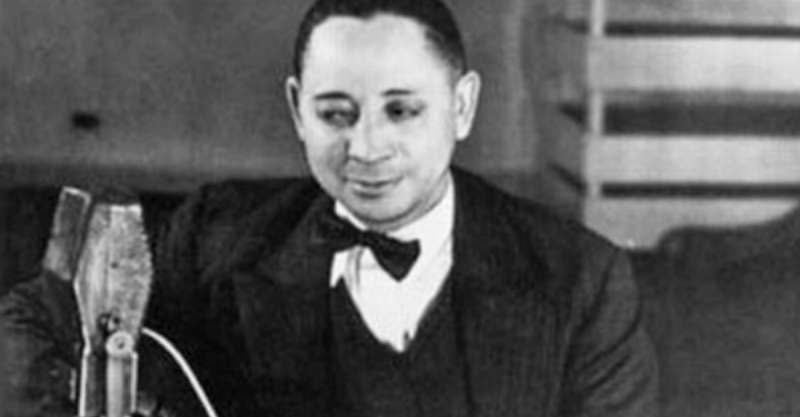
Song Year: 1940
This next track is a blues standard, “It Hurts Me Too,” which dropped in 1940. It’s a mournful track with piano, blues guitar, and wailing vocals from Tampa Red.
Red was a blues artist from Chicago, and he enjoyed national success with this hit track. It is now one of the most-played blues songs of all time.
11. “Talking Dust Bowl Blues” by Woody Guthrie
Song Year: 1940
The Dust Bowl was a series of intense storms that swept Middle America and Canada in the 1930s. With thousands affected, 1940 was a difficult time when people had to rebuild or abandon their farms.
Woody Guthrie sings about the period in his 1940 track, “Talking Dust Bowl Blues.” It’s a country-style track that follows a ballad structure, describing the loss of a person’s farm after the Dust Bowl.
12. “Nuages” by Django Reinhardt
Song Year: 1940
Another great song from 1940 is “Nuages,” a track from the swing genre. It’s by Django Reinhardt, a Belgian-Romani artist from Liberchies, and one of his top songs of all time.
Reinhardt recorded the song over twelve times in different styles, but we’re returning to the original with his first 1940 release. It’s an upbeat guitar track with a jazz quintet and clarinet melody.
13. “I’m Nobody’s Baby” by Judy Garland
Song Year: 1940
Judy Garland is most famous for her acting career, but did you know she was a successful musician? That’s right, and in 1940 the former Wizard of Oz star released “I’m Nobody’s Baby,” an empowering song about a girl entering adulthood.
Only 18 when she released the song, Garland sang it for the 1940 film Andy Hardy Meets Debutante. Pop composers Benny Davis, Milton Ager, and Lester Santly originally wrote the track.
14. “Blueberry Hill” by Vincent Rose and Glenn Miller
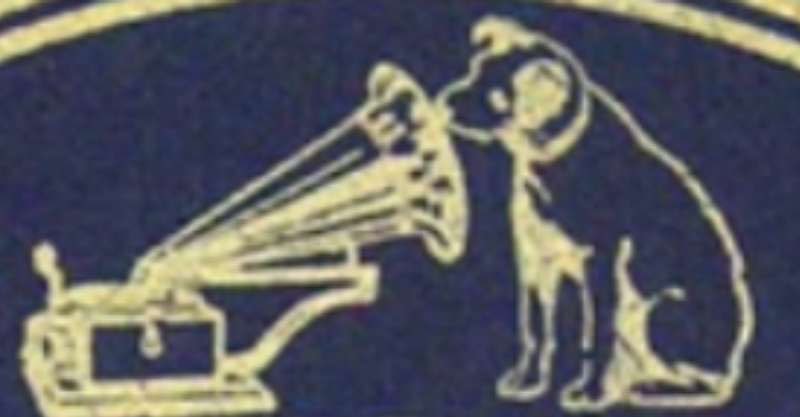
https://www.youtube.com/watch?v=eHFUVU8v0E8
Song Year: 1940
You might know Fats Domino’s “Blueberry Hill,” a rock and roll track from the 1950s. However, did you know that “Blueberry Hill” was originally a 1940 track by Vincent Rose?
The Italian-born Rose recorded six different covers of the song in 1940, including this most famous version, featuring Glenn Miller’s Orchestra and vocals from Ray Eberle. It’s a relaxing jazz track with lyrics about a relationship that has passed. The singer tells of the good times spent on Blueberry Hill, reminiscing about his ex-lover.
15. “Down The Road A Piece” by Don Raye and The Will Bradley Trio
Song Year: 1940
The first recording of “Down The Road A Piece” was done in 1940 by Don Raye, a songwriter from Washington, DC. Two members of the Will Bradley Trio helped provide the music, including Freddie Slack on piano and Doc Goldberg on bass.
Don Raye sang the lyrics about a hopping piano bar where everything was happening. He encourages his friends to go down to the bar, where they can hear boogie and dance all night.
The song is a boogie-woogie track, a subgenre of blues music, and was one of the first hits for Don Raye.
16. “Careless” by Glenn Miller and Ray Eberle
Song Year: 1940
Glenn Miller was on a roll in 1940, and “Careless” is another Miller track you can’t miss. It’s a big band song about two lovers, and the vocals are by Ray Eberle, an actor and singer from New York City.
Eberle sings about a relationship that’s developing and changing, expressing his concern for the future. He worries his lover is getting careless and distracted, and he is worried about losing them.
17. “When You Wish Upon a Star”
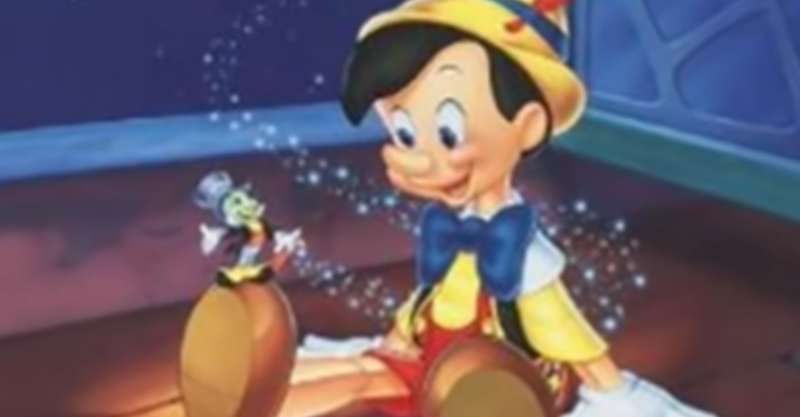
Song Year: 1940
“When You Wish Upon a Star ” is a musical track from the classic Disney film Pinocchio. It launched in February of 1940 and quickly became the most popular song on the movie’s album, reaching the top five on Billboard’s Record Buying Guide.
The song is by Leigh Harline and Ned Washington, and Cliff Edwards, who plays Jiminy Cricket, provided vocals. As the cartoon insect, Edwards sings about the magic power of belief and how you should try to make your dreams happen.
Top Songs From 1940, Final Thoughts
The 1940s were a booming decade in music, as recordings became more accessible and radios became more widespread. The decade also saw Ella Fitzgerald, Duke Ellington, Charlie Parker, and more develop their careers.
Expand your listening tastes and add some music from 1940 to your playlist. We hope you enjoyed this round-up and feel more informed about the best songs from 1940!